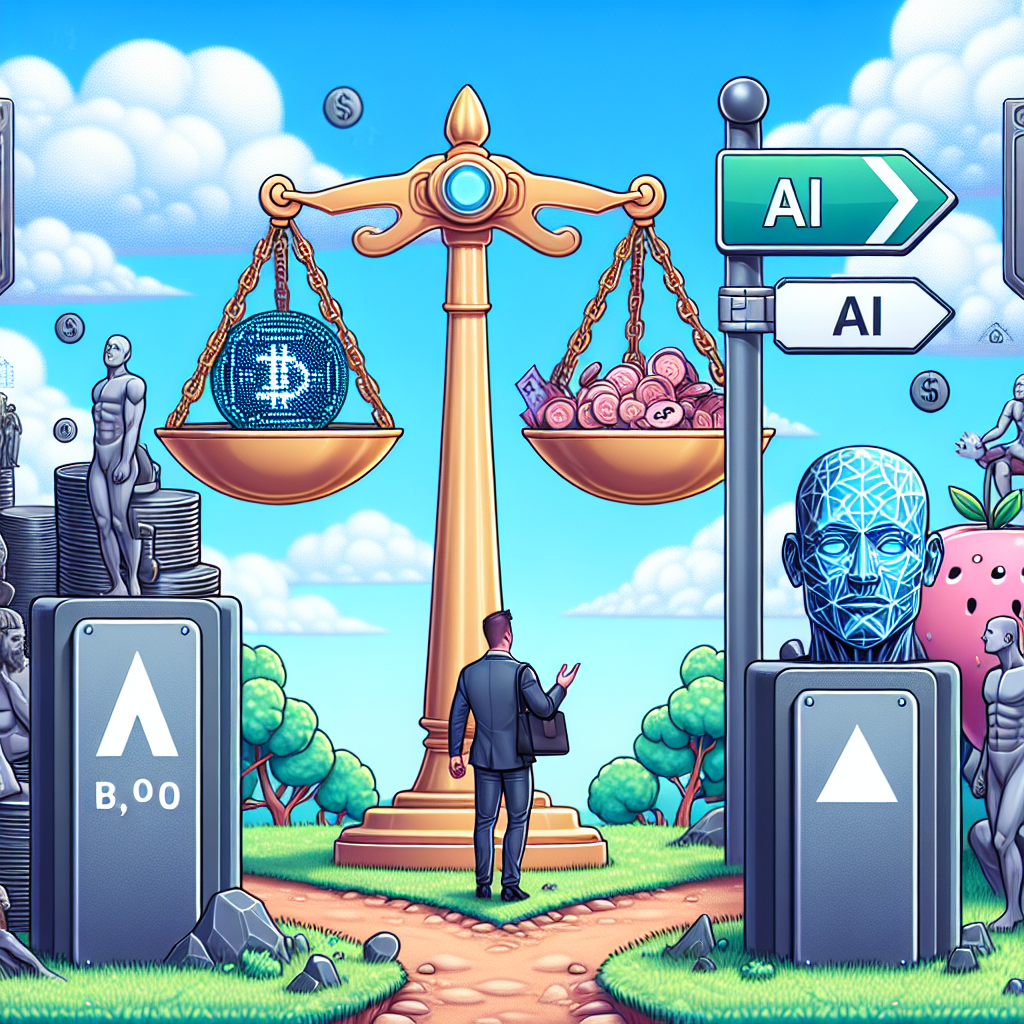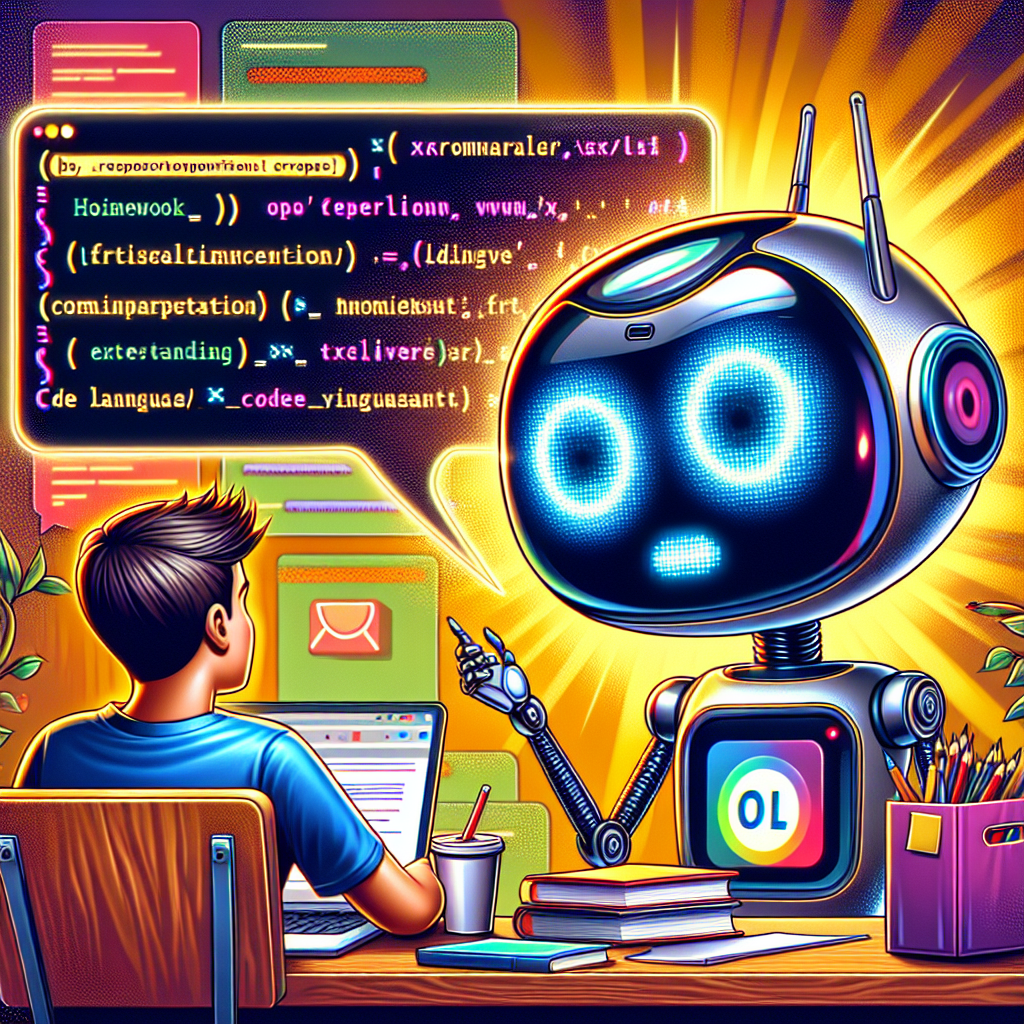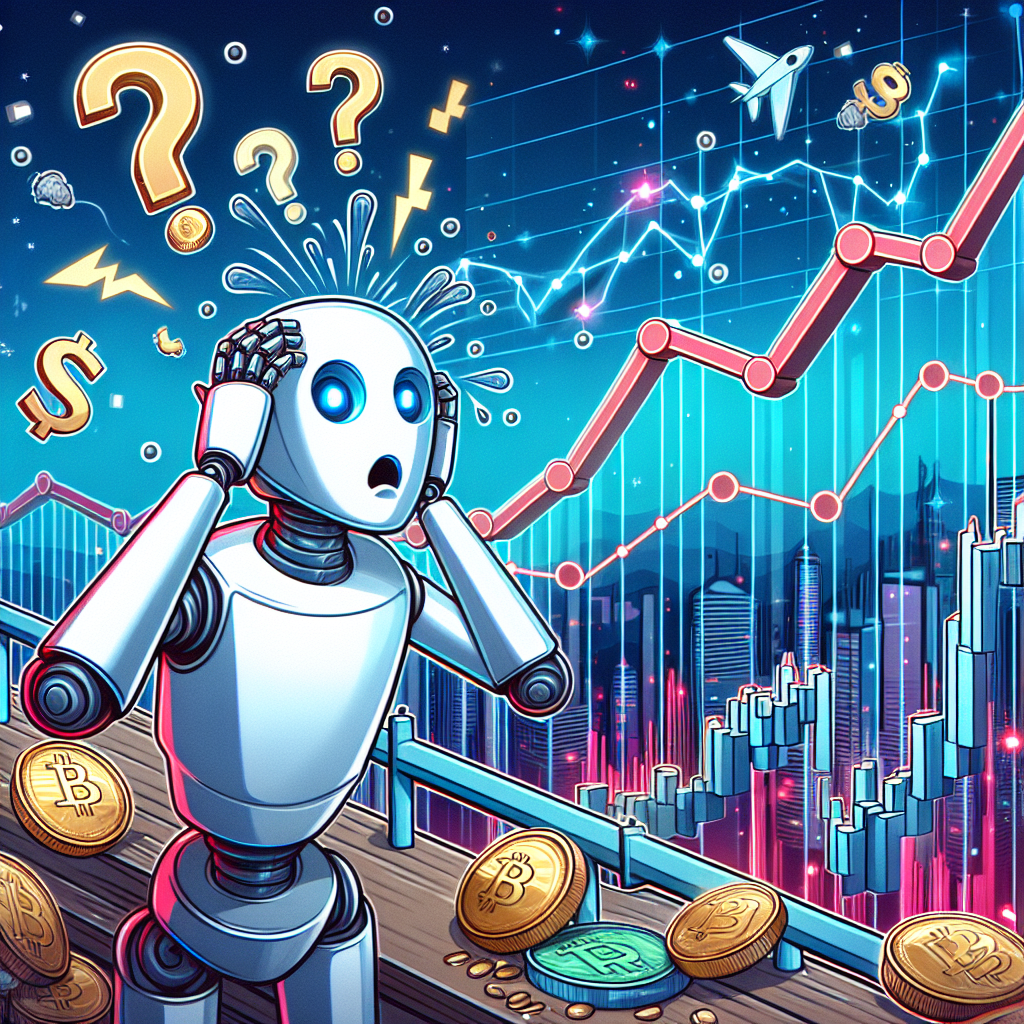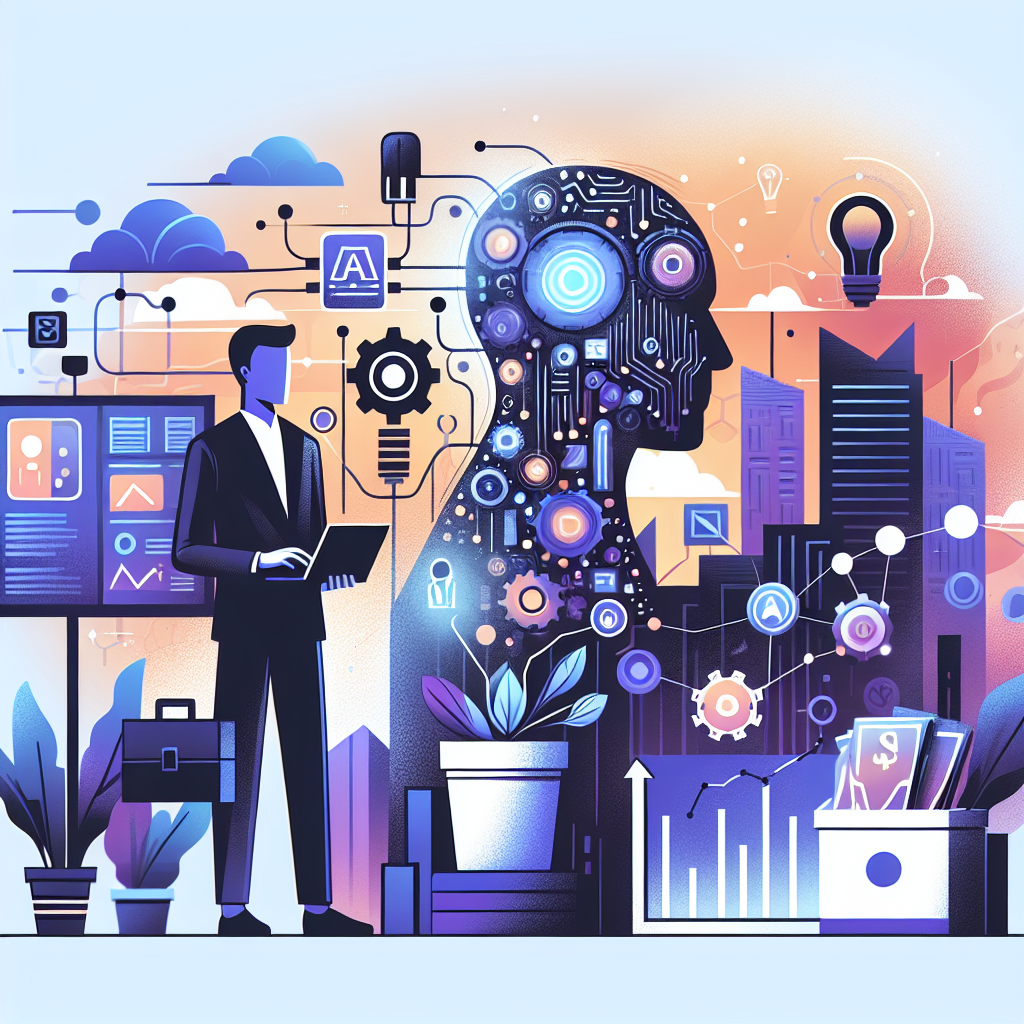Tag: AI
The Australian financial technology (Fintech) sector is slimming down its focus on cryptocurrencies and blockchain technology as the ...
Michael Kratsios Redirects OpenAI’s Focus towards Profit Michael Kratsios, the former technological advisor to President Donald Trump and ...
Introduction Artificial Intelligence (AI) continues to make a significant breakthrough in modern technology. Among the notable game-changers in ...
The ever-evolving world of blockchain technology has brought forth astounding innovations that continue to transform various industries. The ...
The National Security Commission on Artificial Intelligence (NSCAI) has underscored the importance of a robust AI strategy in ...
In an ambitious move to disrupt the centralized structure of major social media platforms, Project Liberty and Soar ...
In an alarming circumstance that has challenged the ethics of artificial intelligence, a school-going student seeking homework assistance ...
In the midst of a market rallying behind Bitcoin’s meteoric surge, AI-powered cryptocurrencies fail to make a significant ...
An Wake-Up Call from Financial Stability Board The Financial Stability Board (FSB) has voiced its apprehensions about probable ...
Introduction to AI and Crypto Artificial intelligence (AI) continues to assert its influence in the financial sector, with ...













